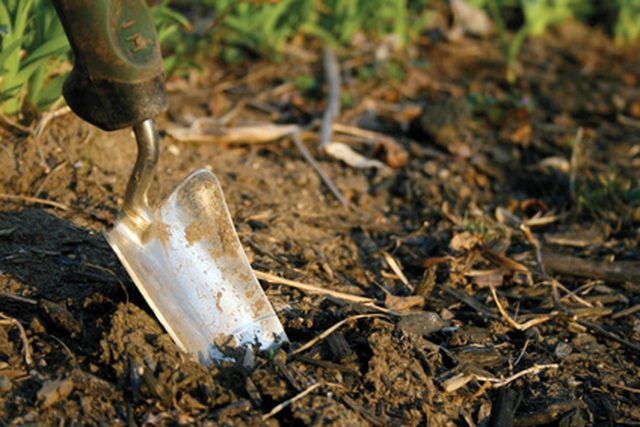Bulbs
Flower Basics
Flower Beds & Specialty Gardens
Flower Garden
Garden Furniture
Garden Gnomes
Garden Seeds
Garden Sheds
Garden Statues
Garden Tools & Supplies
Gardening Basics
Green & Organic
Groundcovers & Vines
Growing Annuals
Growing Basil
Growing Beans
Growing Berries
Growing Blueberries
Growing Cactus
Growing Corn
Growing Cotton
Growing Edibles
Growing Flowers
Growing Garlic
Growing Grapes
Growing Grass
Growing Herbs
Growing Jasmine
Growing Mint
Growing Mushrooms
Orchids
Growing Peanuts
Growing Perennials
Growing Plants
Growing Rosemary
Growing Roses
Growing Strawberries
Growing Sunflowers
Growing Thyme
Growing Tomatoes
Growing Tulips
Growing Vegetables
Herb Basics
Herb Garden
Indoor Growing
Landscaping Basics
Landscaping Patios
Landscaping Plants
Landscaping Shrubs
Landscaping Trees
Landscaping Walks & Pathways
Lawn Basics
Lawn Maintenance
Lawn Mowers
Lawn Ornaments
Lawn Planting
Lawn Tools
Outdoor Growing
Overall Landscape Planning
Pests, Weeds & Problems
Plant Basics
Rock Garden
Rose Garden
Shrubs
Soil
Specialty Gardens
Trees
Vegetable Garden
Yard Maintenance
How to Make an In-Ground Compost Box
How to Make an In-Ground Compost Box. Composting is a great way to recycle organic waste into usable fertilizer for lawns and gardens. It is a simple way to create a sustainable and green household. Placing the bin in the ground will allow for composting to continue year round, as the ground will help insulate the compost pile, keeping heat--an...

Composting is a great way to recycle organic waste into usable fertilizer for lawns and gardens. It is a simple way to create a sustainable and green household. Placing the bin in the ground will allow for composting to continue year round, as the ground will help insulate the compost pile, keeping heat--an important element in the compost mix--inside the container. This simple-to-make composting solution can be created on a low budget, while producing results that will be beneficial to both your home and the environment.
Things You'll Need
Plastic storage tote with lid
Drill
Bricks
Shovel
Twigs, grass, yard clippings, leaves and other yard wastes
Food scraps
Obtain a plastic container that is sized to meet your composting needs. The bin should be at least 12 inches deep to allow for proper composting. A storage tote such as those made by Rubbermaid is easily available and will work great for composting with a few minor alterations.
Drill or punch holes around the side of the bin close to the top of the container and above the level of where the bin will be in the ground. These holes will allow air to flow in and out of the bin, allowing oxygen--a vital ingredient in any composting mix--to reach the composting material. Similarly, punch holes in the lid to aid in aerating the compost.
Drill or punch drainage holes around the bottom of the bin to allow moisture to seep out of the container. These holes will also allow worms from the surrounding soil to enter the bin and help in decomposing the material.
Dig a hole that is slightly larger than your bin in an area that will receives direct sunlight throughout the year. Dig the hole to a depth that will allow the air holes you punched in your bin to sit above ground level. Heat from the sun will speed up decomposition. The area should have good drainage as well to avoid excess buildup of moisture in the surrounding soil.
Line the sides of the hole with bricks to help insulate the bin further and keep composting going throughout the year.
Place the bin into the hole and line its bottom with twigs and other yard scraps, including a mix of brown and green plant material. This will jumpstart decomposition and aid in creating a base with good airflow.
Place your food scraps and other organic household waste into the bin. Leave the lid on the bin to discourage animals from foraging through the waste. Turn the material with a shovel every few weeks.
Tips & Warnings
You can add worms directly to the bin to encourage speedier decomposition. Gather the worms from your yard or purchase them from a supplier.
If the material is too wet or too dry, it will not compost properly. Create a good composting moisture balance by mixing dry materials with fresh, moist and green materials.